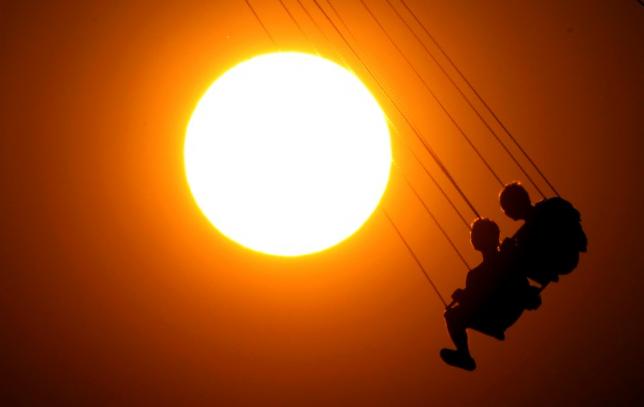At one point in the year, almost 80 percent of teens in a UK study had insufficient vitamin D that should come from sun exposure, and one quarter had insufficient levels even at the peak of summer, according to a new study.
The results were surprising because the participants were white children, whose skin is the most sensitive to ultraviolet-B and who therefore need the least amount of sunlight exposure to get enough vitamin D, said senior author Lesley E. Rhodes of the University of Manchester in the U.K, according to Reuters.
Most vitamin D is synthesized in the skin after exposure to UVB rays from the sun, Rhodes and colleagues write in the Journal of Clinical Endocrinology and Metabolism.
Little comes from foods, they point out, and the UK doesn’t recommend a specific dietary intake of vitamin D.
In January, April, June and September 2011, the researchers collected blood samples from 131 Caucasian adolescents ages 12 to 15.
They tested for the main circulating form of vitamin D in the blood, 25OHD.
For one week of each season, the participants wore UV radiation dosimeters and also kept sun exposure diaries of every 15-minute period spent outdoors, with weather conditions, clothing and sunscreen use. They also recorded intake of vitamin D supplements, vitamin D-fortified foods, and oily fish, butter, margarine, milk, eggs, cheese and red meat.
The teens tended to get more sun exposure during the school week than on weekends, and they had low levels of vitamin D intake in their diets year-round. None reported wearing dedicated sunscreen products in any season, though a few female teens were using SPF-containing face cream.
On average, 25OHD levels were 24.1 nanograms per milliliter (ng/mL) in September at their peak and 15.5 ng/mL in January, their lowest point. Those with less than 10 ng/mL circulating 25OHD were considered vitamin D “deficient” and those with less than 20 ng/mL were “insufficient.”
Sixteen percent of kids were deficient in vitamin D in at least one season. Those individuals had X-ray imaging of their lumbar spines and femoral necks to estimate bone mineral density, and only one appeared to have abnormally low bone mineral density.
H.Z

